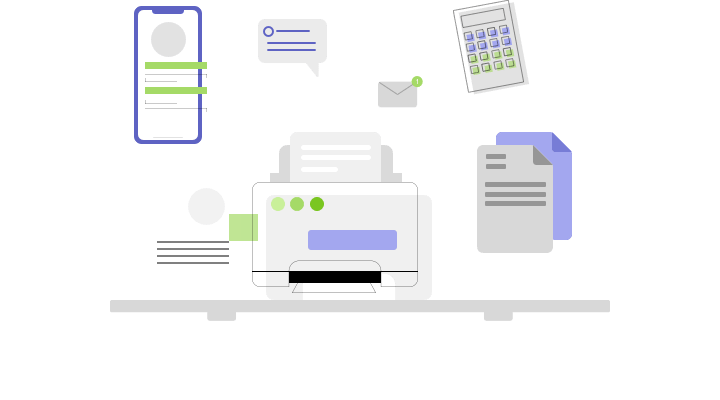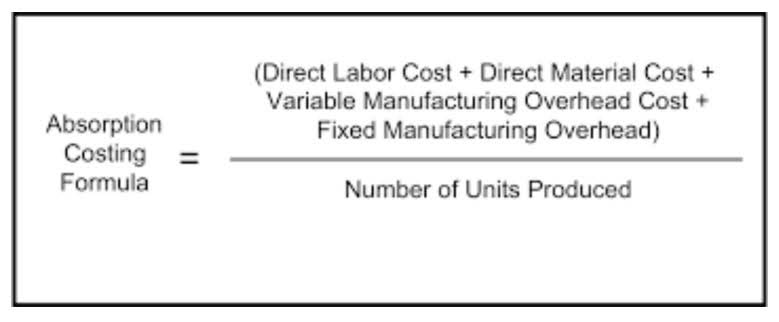This decomposition allows accountants to pinpoint specific areas where a company excels or underperforms, facilitating more targeted financial analysis and decision-making. DuPont Analysis is a powerful tool for accountants looking to decompose Return on Equity (ROE) into its constituent parts. This method allows for a deeper understanding of the factors driving a company’s financial performance. By breaking down ROE into profit margin, asset turnover, and financial leverage, accountants can pinpoint areas of strength and potential improvement. The DuPont Formula is a powerful tool for analyzing a company’s return on equity. By breaking ROE into its components, stakeholders can understand the interplay between profitability, operational efficiency, and financial leverage.
Organisations mostly use this method to improve their own performance and to increase the return that they can offer to investors and shareholders. Financial leverage, the final component, examines the degree to which a company is using borrowed funds to finance its operations. Accountants must carefully evaluate the balance between debt and equity to ensure long-term financial health and stability. By applying DuPont Analysis, accountants can not only assess current performance but also forecast future financial health. This predictive capability is crucial for strategic planning, as it helps in setting realistic financial goals and developing actionable plans to achieve them.
In what ways does DuPont analysis impact financial decision-making?
The DuPont identity stands as a beacon that guides financial analysis through the intricate layers of a company’s profitability. With its multidimensional approach, the DuPont analysis empowers analysts, investors, and decision-makers to delve beyond surface-level metrics and uncover the true drivers of financial performance. Identifying sources like these leads to better knowledge of the company and how it should be valued.
DuPont Analysis
It is calculated by dividing Average Total Assets by Average Shareholders’ Equity. Higher financial leverage indicates that the company is using more debt relative to equity, which can amplify returns but also increases risk. A strong DuPont ratio is often indicated by higher values across all three formula components, signifying robust profit margins, efficient asset use, and effective financial leverage. However, industry norms and company context should be considered when determining the strength of the ratios. The DuPont Analysis method is a powerful tool for dissecting the components that drive a company’s Return on Equity (ROE), allowing for a detailed examination and comparison of financial performance.
How do you calculate DuPont analysis? The formula
By using the DuPont analysis, companies can uncover potential inefficiencies or risks that a basic ROE calculation might miss. This leads to informed decisions on equity investments, strategic directions, and sustainable growth. In essence, the DuPont model offers valuable insights into financial statements, helping businesses make smart investment decisions. The 3-step DuPont analysis model states that if the net profit margin, asset turnover, and financial leverage of a company are multiplied, the output is the company’s return on equity (ROE). Asset turnover, another element of DuPont Analysis, measures how effectively a company utilizes its assets to generate sales.
Limitations of DuPont Analysis
Cost-effective businesses (like Wal-Mart) have employed this tactic quite well. Hence, even if a company is profitable in the long run (or yearly), considering the ratios from a short-term perspective might make investors lose out on any future gains. However, they need to understand that the revenue could be a product of an exorbitantly high unit price and a lower sales quantity and should check for it. Have the sales been low historically, and yet the firm has managed to maintain revenue growth? Seasonal factors, depending on the industry, can also be an important consideration since these factors can distort ratios. For instance, some companies always carry a higher level of inventory at certain times of the year.
It’s based on accounting data, which can be subject to interpretation and manipulation. Now that we know how to calculate ROE using the DuPont equation, let’s dupont model formula take a look at an example. You’ll get high-quality data delivered through a powerful API, with great documentation, SDKs, multiple delivery methods, stellar support, and you’ll do it all without breaking the bank. All of those data points, and everything you will need to calculate the DuPont identity, are made available within Intrinio’s fundamental data packages. We offer the highest institutional-grade fundamental data, at the most affordable prices. Above, we covered exactly how to calculate the DuPont identity for a fictional company, but in practice it’s likely you’ll be analyzing a real, publicly traded company.
A high equity multiplier indicates that a firm is highly leveraged and therefore has a higher risk of bankruptcy. Conversely, a low equity multiplier indicates that a firm is not leveraged and therefore has a lower risk of bankruptcy. Once the problem area is found, management can attempt to correct it or address it with shareholders. Some normal operations lower ROE naturally and are not a reason for investors to be alarmed. For instance, accelerated depreciation artificially lowers ROE in the beginning periods.
DuPont Analysis Components
- The result, 1.67, reflects how efficiently ABC Corp. converts its assets into revenue.
- As you can see in the table, SuperCo improved its profit margins by increasing net income and reducing its total assets.
- By leveraging DuPont Analysis, accountants can provide more nuanced recommendations to enhance shareholder value and improve overall financial stability.
DuPont Analysis serves as a comprehensive framework for enhancing financial analysis and driving sustainable business growth. By breaking down ROE into these three components, the DuPont Formula provides a comprehensive framework for accountants. It enables them to pinpoint the exact factors contributing to financial performance and develop strategies to optimize each aspect of the business. This detailed analysis is invaluable for making informed financial decisions and improving overall company health.
- However, industry norms and company context should be considered when determining the strength of the ratios.
- A high asset turnover ratio indicates that a firm is good at using assets to produce sales.
- In other words, this model breaks down the return on equity ratio to explain how companies can increase their return for investors.
- It has several advantages, including that it is easy to use and understand.
- It relies heavily on accounting data, which can sometimes be manipulated or may not fully capture the economic realities of a business.
Profit margin, articulated as net profit over revenue, directly indicates a company’s efficiency in converting sales into net income. It’s one of the most telling operational efficiency metrics, revealing what percentage of revenue is transformed into profit. This ratio measures asset efficiency in a company by using its turnover of assets to generate sales. In other words, it tells us how much sales a firm generates for every dollar of assets.
If you found this article useful, consider taking our Complete Finance & Valuation Course. We teach students technical skills such as financial accounting, valuation, financial statement analysis, and financial modeling. You will learn from industry professionals who have extensive experience in their fields. It is perfect for college students, business professionals, and those wishing to change careers. Students who have taken this course have gone on to work at Barclays, Bloomberg, Goldman Sachs, EY, and many other prestigious companies. For example, in the ROE formula, we use the book value of the company’s common equity.
It also helps identify which efficiency (operational, asset use, etc.) is higher for a firm. DuPont analysis is a financial ratio analysis that breaks down a company’s return on equity (ROE) into its contributing factors to better understand its financial performance. The ROE is decomposed into several key metrics, such as profitability, leverage, and efficiency, allowing a more informed evaluation of the company’s financial health and future potential. The first component, profit margin, measures how much profit a company makes for each dollar of sales. The second component, asset turnover, assesses how efficiently a company uses its assets to generate sales. The third component, financial leverage, evaluates the extent to which a company uses borrowed funds to enhance returns on equity.
These ratios can be calculated using data from the organisation’s balance sheet and income statement. You can find these financial management overviews in the financial part of an organisation’s annual report. Financial leverage, the third component, assesses the extent to which a company uses debt to finance its assets.
Over time, the method became widely adopted and was eventually named after the company that brought it to the forefront of financial analysis. Based on these three performances measures the model concludes that a company can raise its ROE by maintaining a high profit margin, increasing asset turnover, or leveraging assets more effectively. Both the three- and five-step equations provide a deeper understanding of a company’s ROE by examining what’s changing in a company rather than looking at one simple ratio.













